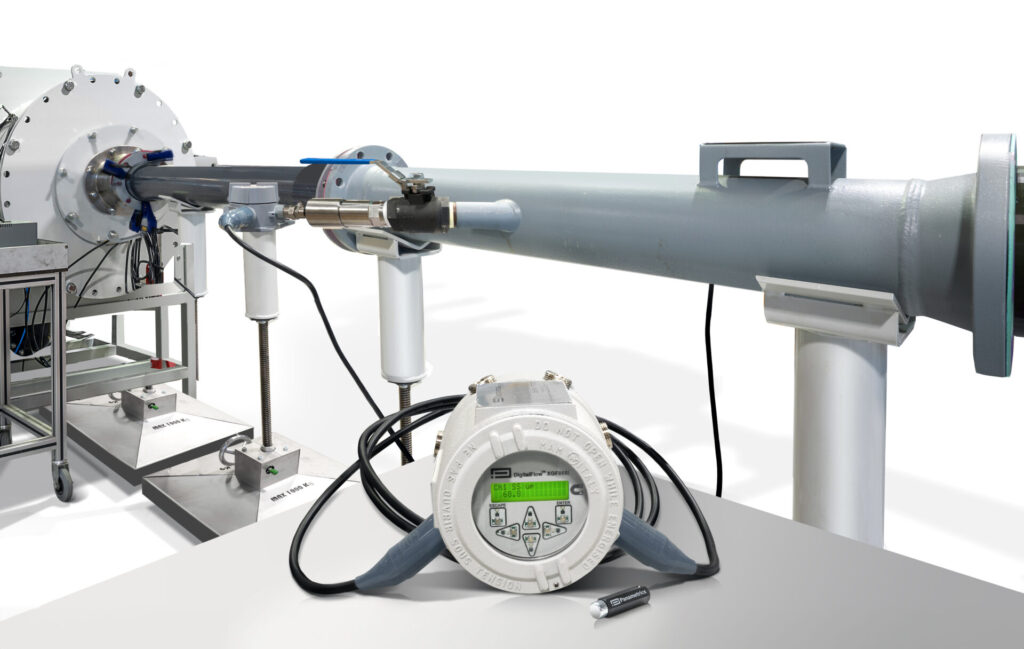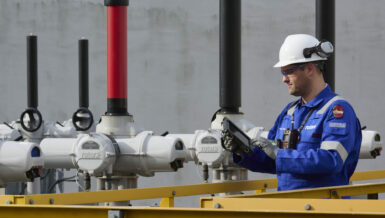Processing units that use furnace feed lines include crude and vacuum distillation, coker and other cracking processes. These are safety-critical flow measurements. If an operator experiences line blockage due to heavy residue clogging, there must be an alarm. If there is no alarm, the furnace feed rate could decrease too much compared to the furnace capacity to such an extent that it triggers a blast risk.
The flow measurements on these lines are often redundant and broken down between control (with one flow transmitter connected to the plant digital control system [DCS] for control purposes) and safety with up to three flow transmitters connected to the emergency shutdown (ESD). The safety logic is often one out of two, or two out of three, out of order to trip the unit depending on the user- or licensor-recommended setup. Some operators require compliance with International Electrotechnical Commission (IEC) 61508, also known as the safety integrity level (SIL) standard. Irrespective, all operators require the same safety voting logic.

There are several technical options for flow measurement on these applications. One of them uses ultrasonic transit time technology, which has gained traction over the last couple of decades.
Image 1 illustrates the transit time ultrasonic flow measurement principle. It calculates the acoustic signal time of flight difference. This time is shorter when going with the flow (green arrow, time down). The flight difference time is longer in the opposite direction as it is decelerated when going against the flow (blue arrow, time up). This time difference is proportional to the velocity of the measured fluid, whether it is a liquid or a gas.











